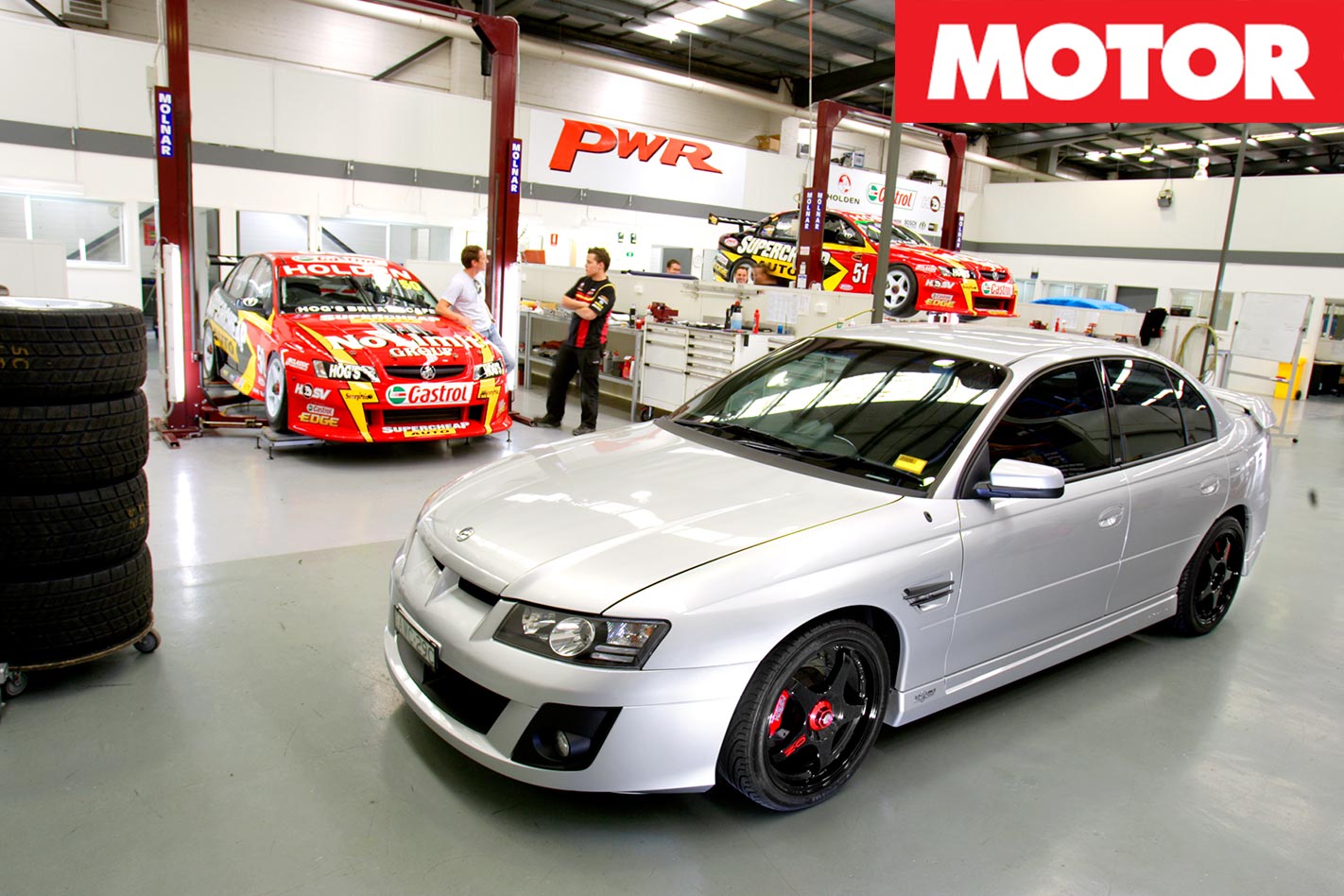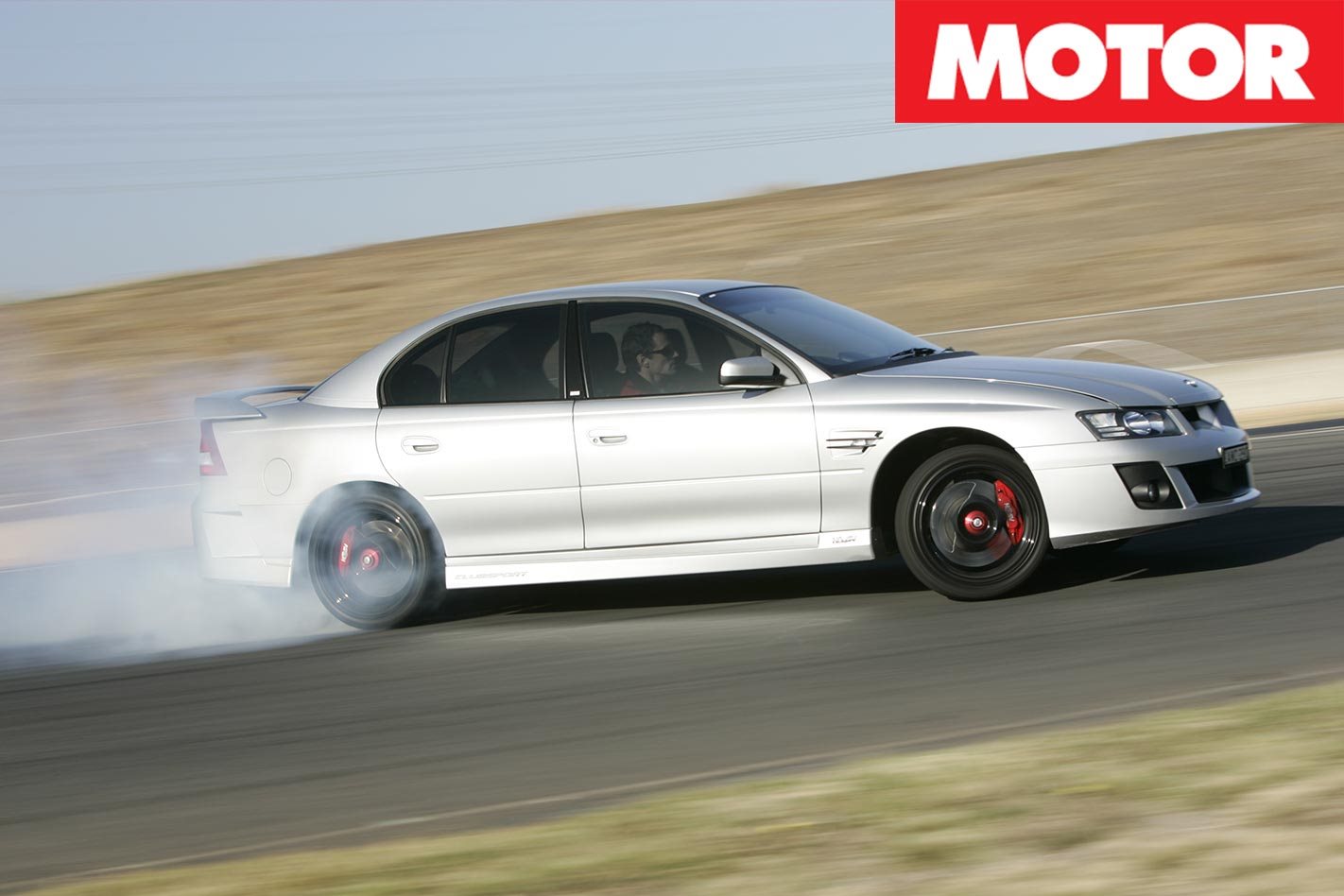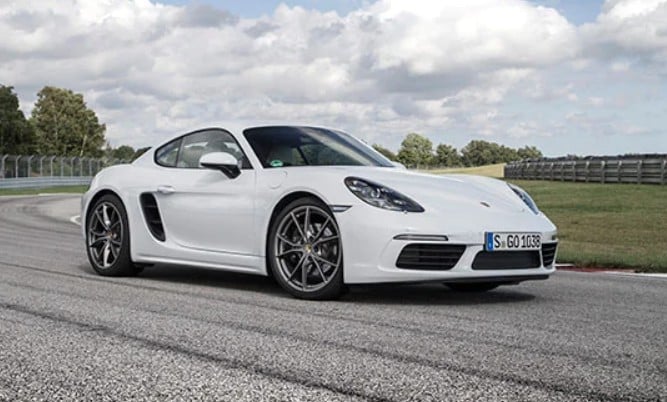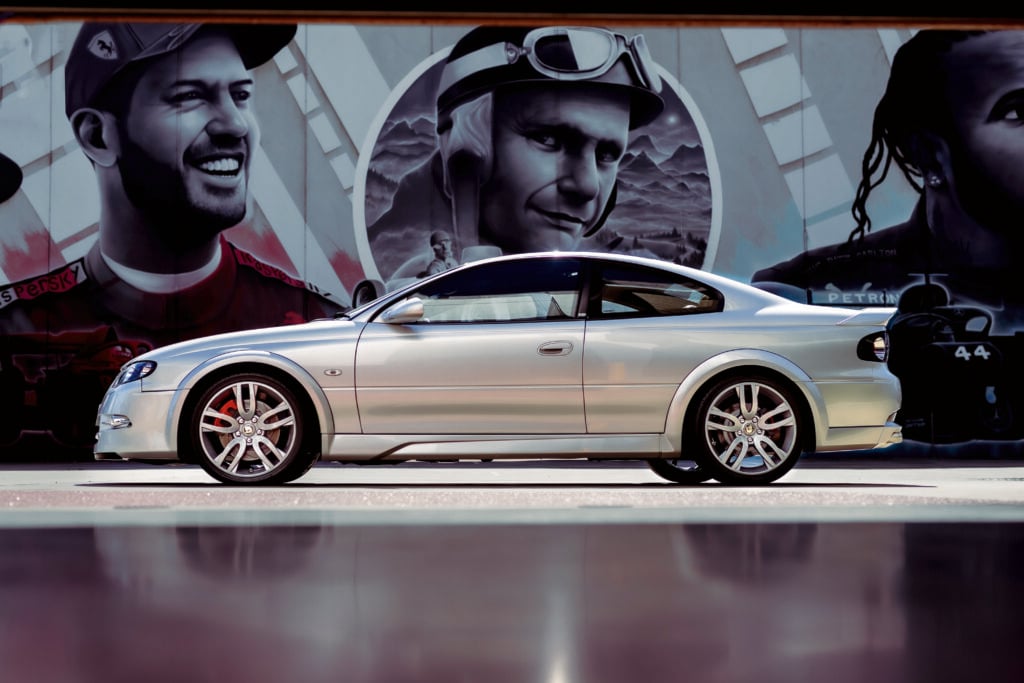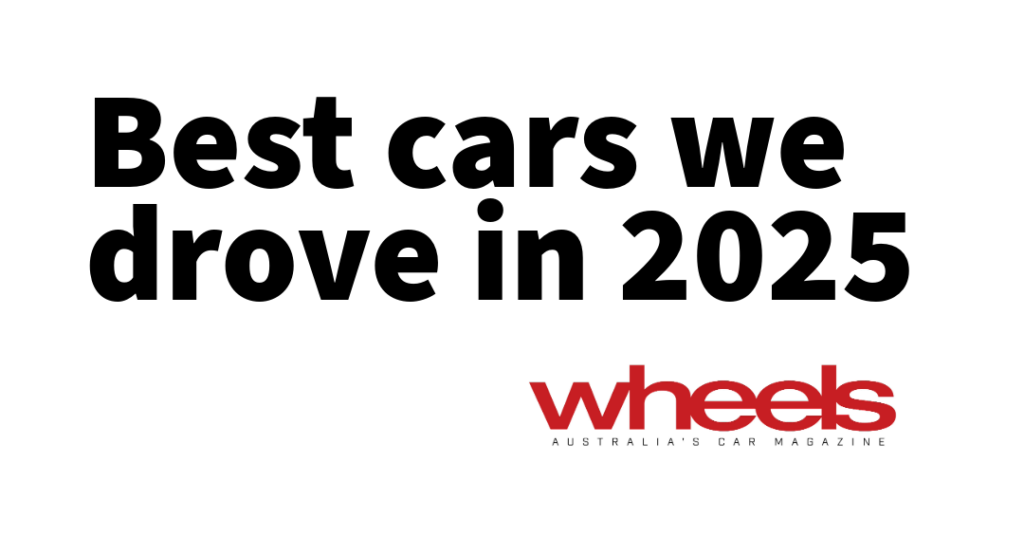Cameron McConville is on the phone and he isn’t mincing his words. “This car will scare the shit out of you,” he warns.
This feature was first published in MOTOR’s June 2006 issue.
“I’ve just given it a shakedown and it’s probably in the top three most powerful road cars I’ve ever driven. Whatever you do, don’t nail the throttle in first gear with the traction control off. Actually, don’t jab it in second or third either for that matter, because it has so much power you could spin, even in a straight line.”
Nothing inspires confidence more than a V8 Supercar star telling me that the car I’m about to pick up actually intimidated him on the open road. Thanks for that mate!
When McConville, relishing my discomfort, cheekily adds that this psychotic PWR Performance Products breathed on ClubSport R8DT has more power up to 6000rpm than his racecar, my apprehension only increases. It’s also a customer’s car, not a press hack. Respect, I think, is called for here, that and a healthy dose of self-preservation.

This R8 is PWRPP’s first customer LS2 V8 and it’s in Stage 2 supercharged spec, meaning it gets a hotter cam and different pulley gearing that overdrives the supercharger to 85 percent of its maximum revs, about 17,000 at 6400 engine rpm. In this same R8, the Stage 1 kit made a paltry 318 rear-wheel kilowatts, which obviously wasn’t quite enough for power hungry owner David Stubbs.
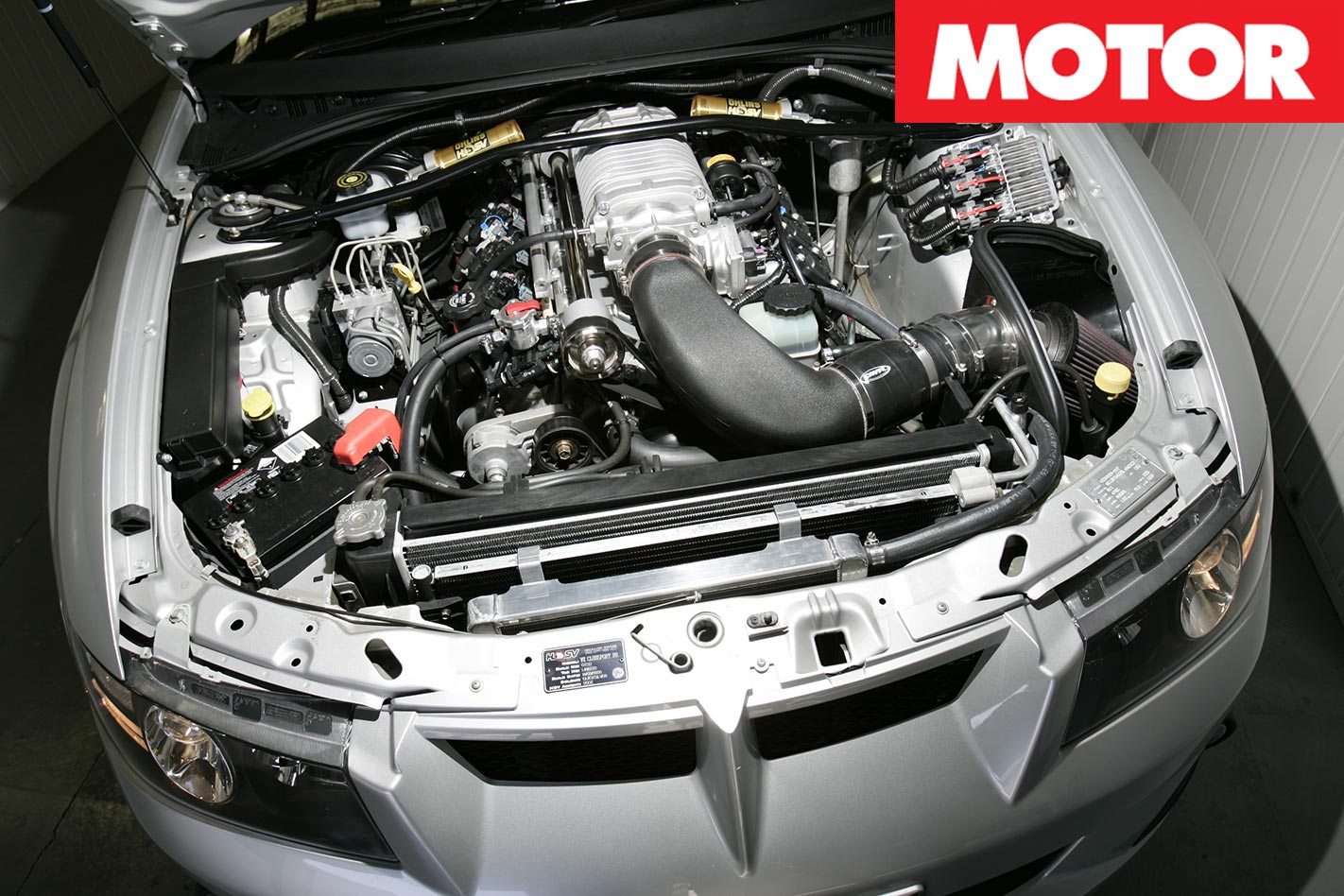
The engine starts crisply, almost like a 2.0-litre, it’s as if there is little flywheel effect but that can’t be right. The gentlest squeeze of the throttle wakes the supercharger and it whines menacingly. Yet the engine idles smoothly, no rockin’ and shakin’, and the exhaust note is disappointingly (but legally) subdued. PWRPP installed a Japanese Exedy twin-plate racing clutch to handle the extra torque and it is heavy with not a lot of feel and a long take-up. Trying to balance its narrow friction point against an engine that wants to shoot for the moon is tricky but I manage to pull away without stalling, a minor triumph it seems.
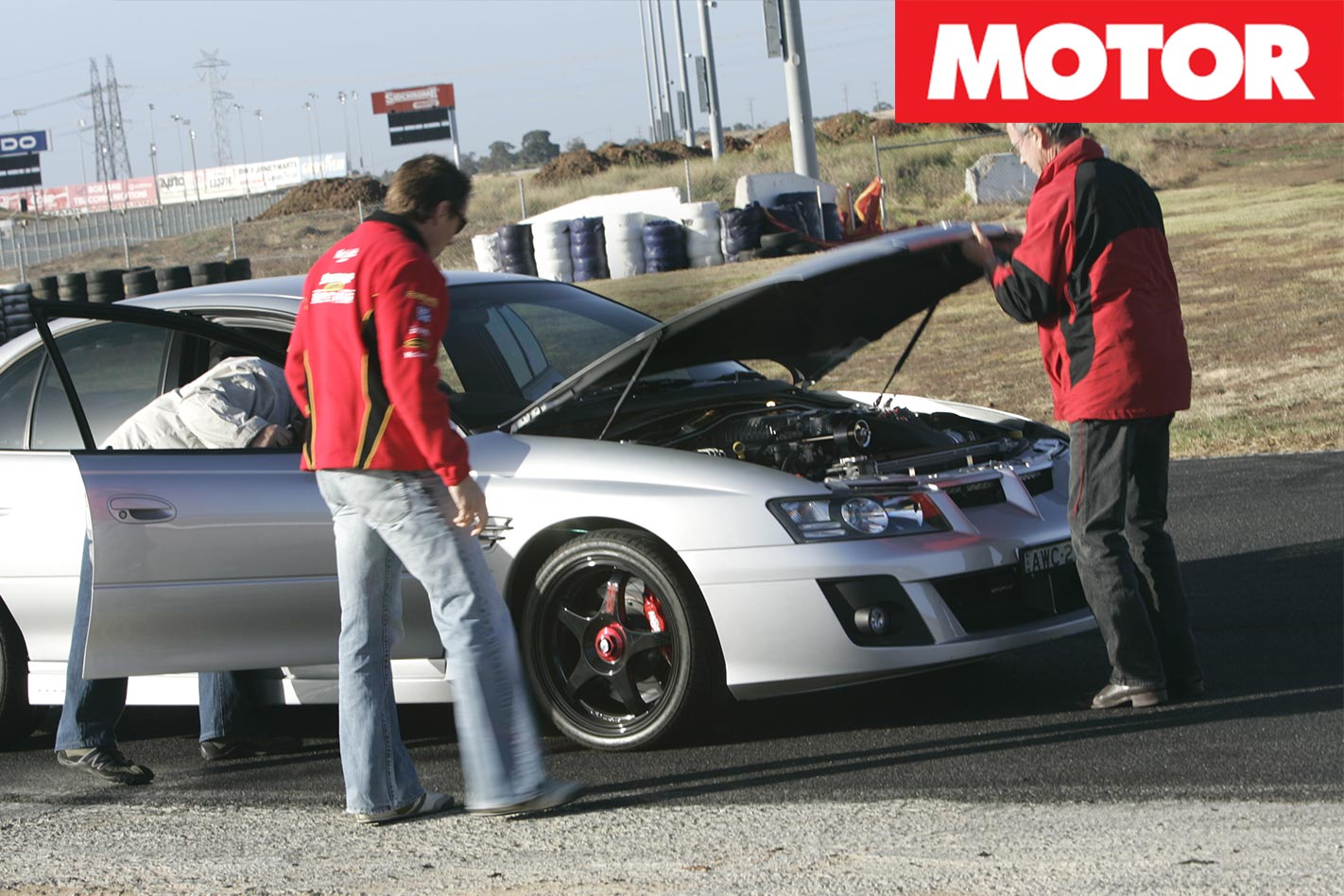
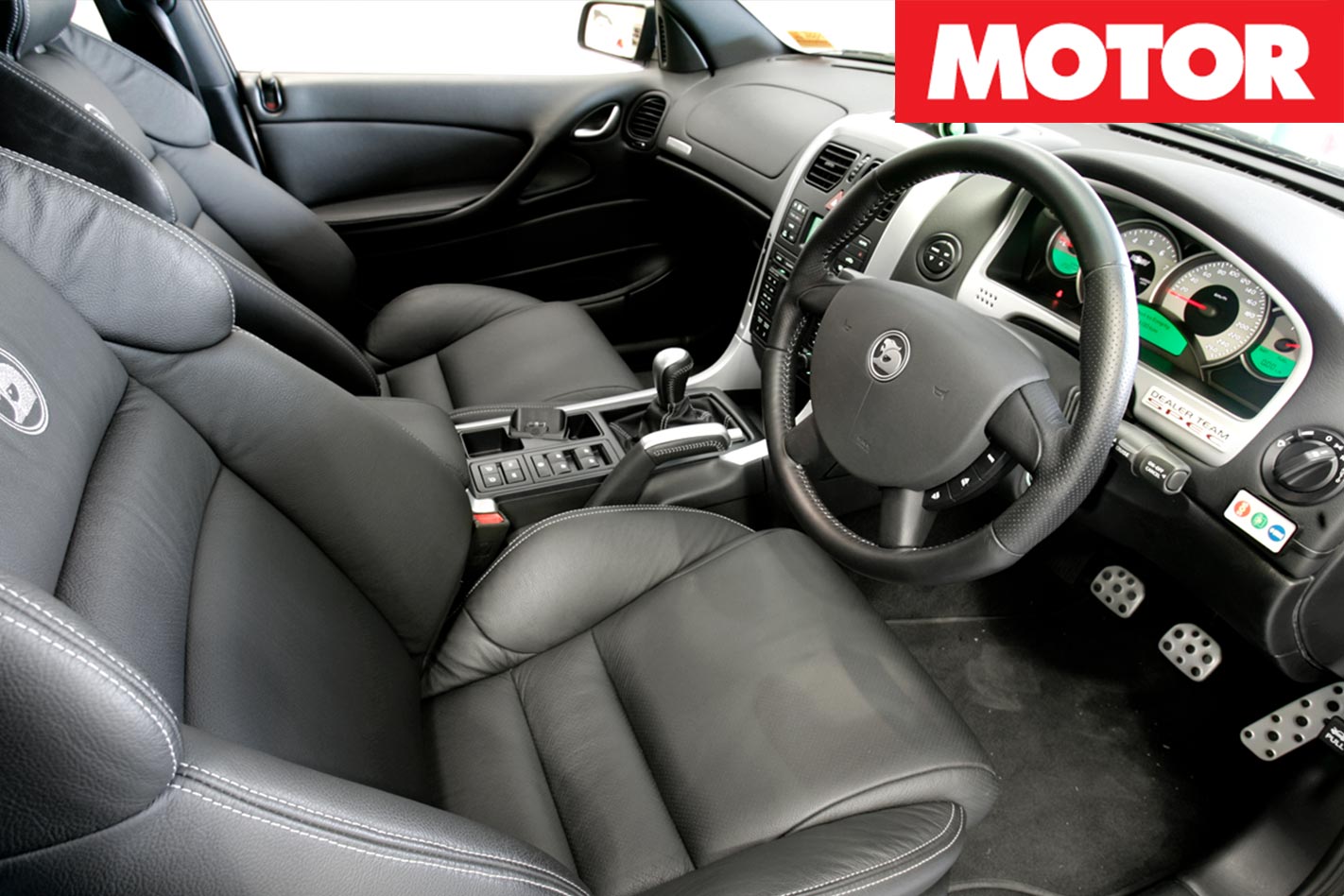
Strangely, McConville lets me drive out to Calder Park and if there’s one thing I’ve learnt, it’s never try to impress a racing driver – they are all bad passengers – so we weave nondescriptly through the unsuspecting freeway traffic.
The owner, a Sydney engineer and businessman, is flying in for two hours just to go for a ride with Cam and drive his car for the first time since its power upgrade. I called him the night before and warned him that Cam would be doing some fairly lairish driving and his reaction was, “I don’t care what you do, cane it!” Stubbsy is our kind of car owner.
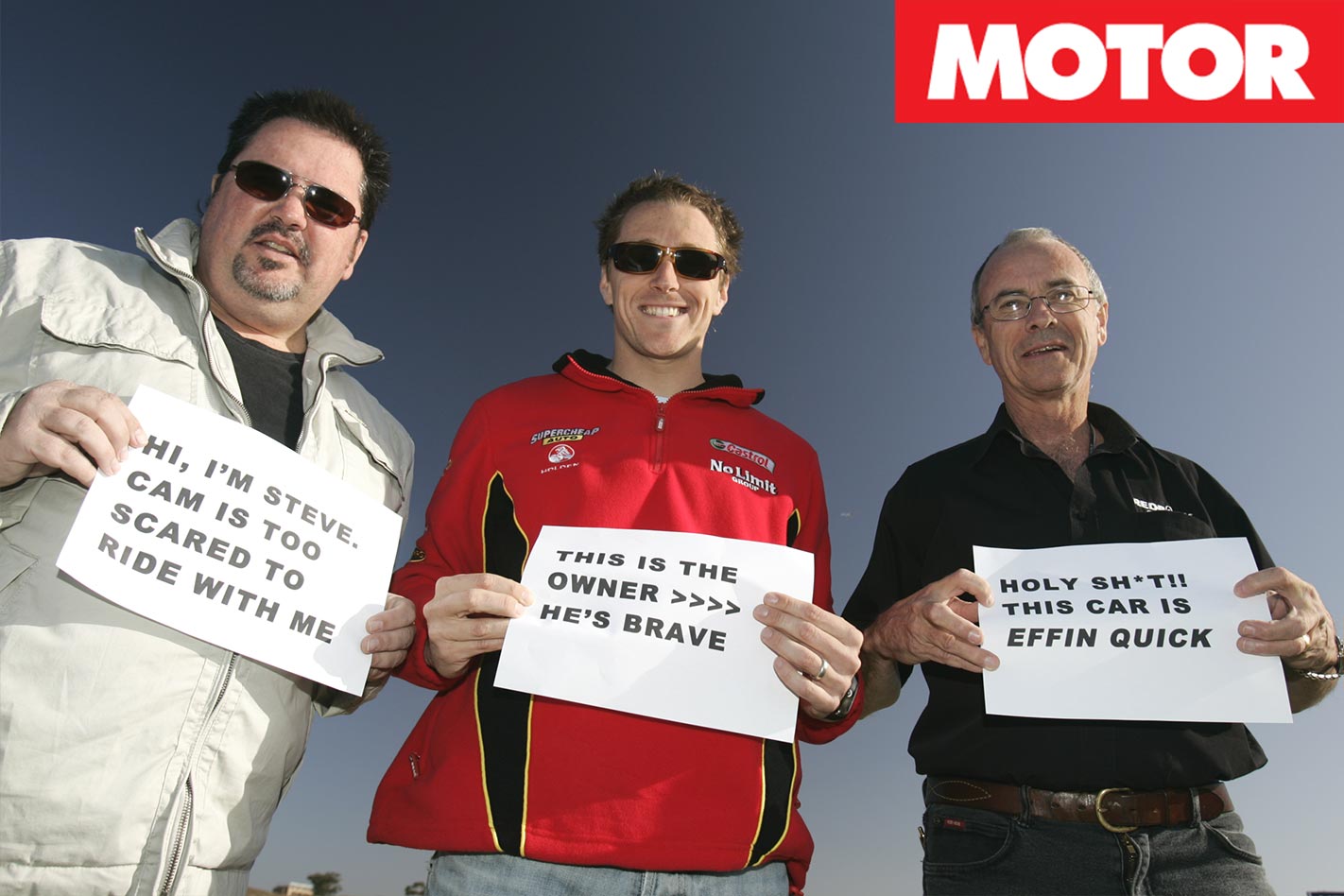
Cam is used to big power but even he is impressed.
“There’s only one way to describe this engine, it’s awesome,” he marvels. “It felt like it accelerated as hard as my V8 Supercar. First and second gears are just ridiculous, it’s very hard to slide the car in the low gears, but it’s quite controllable in third once you start to slide.”
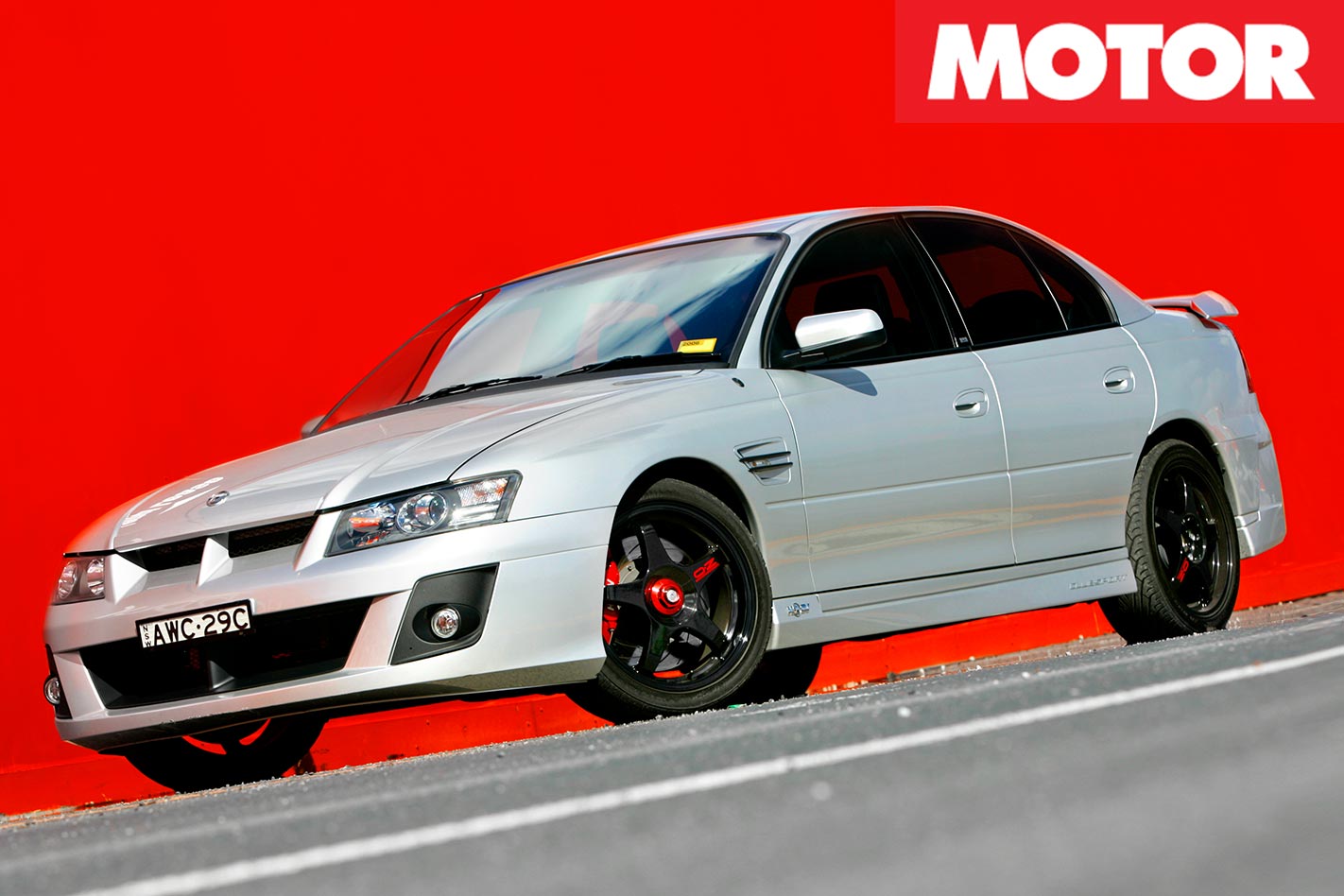
“This car will spin the tyres up on any surface in first and second and you have to feed the power on in third even on the racetrack. And you’d never take traction control off in the wet; that would be lethal. If anything, it teaches you to be smooth; you don’t need to jab at the throttle that will just upset it.” And you don’t want to get this car angry at the wrong time, believe me.
Mindful of the sleepy stoppers, I do a handful of laps of the short circuit. With traction control disabled, I only nailed it in a straight line, heeding Cam’s advice to feed the power on. Damn it’s fast. Even waddling onto the straight like an old woman, the R8 was hitting 180km/h 400 metres later. Absolute power corrupts and after driving this car I felt like a bent politician, waiting for my next surreptitious installment of grunt.
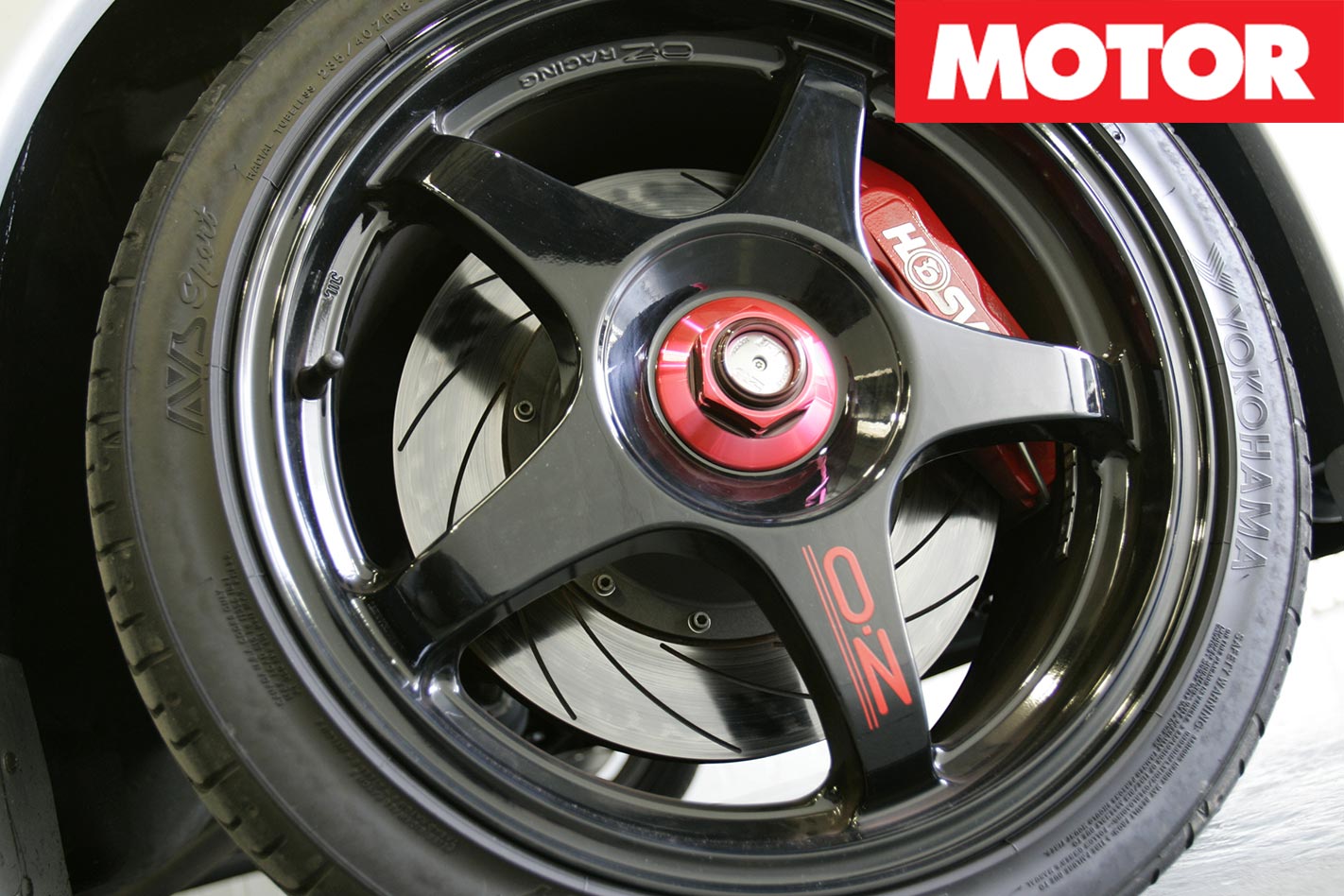
“I’ve had a Porsche GT3 but my roots were in V8s and I’m extremely happy.”
*This particular PWR Clubsport has been recently listed on TradeUniqueCars for $45,000
FAST FACTS
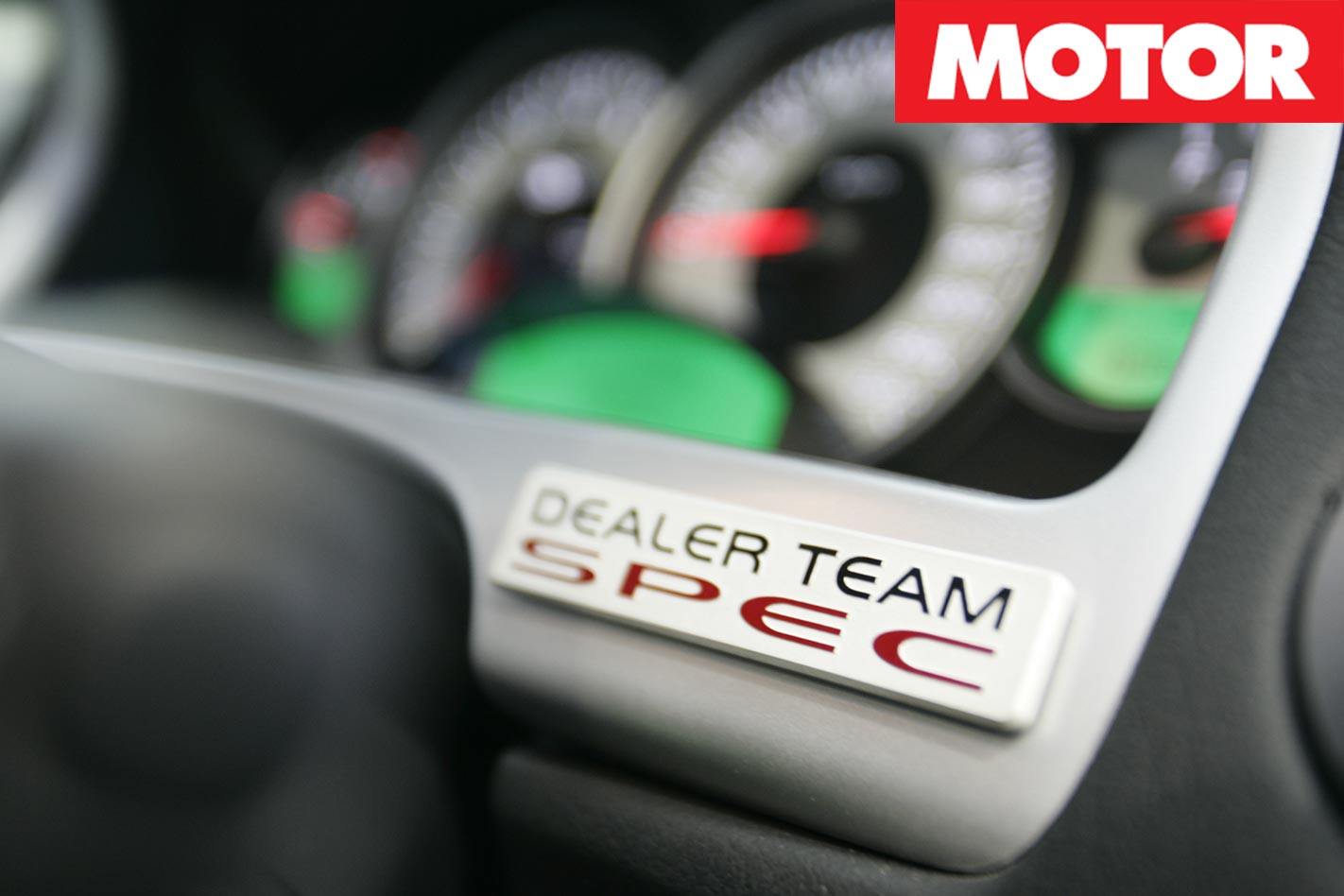
What Lies Under the Hood?
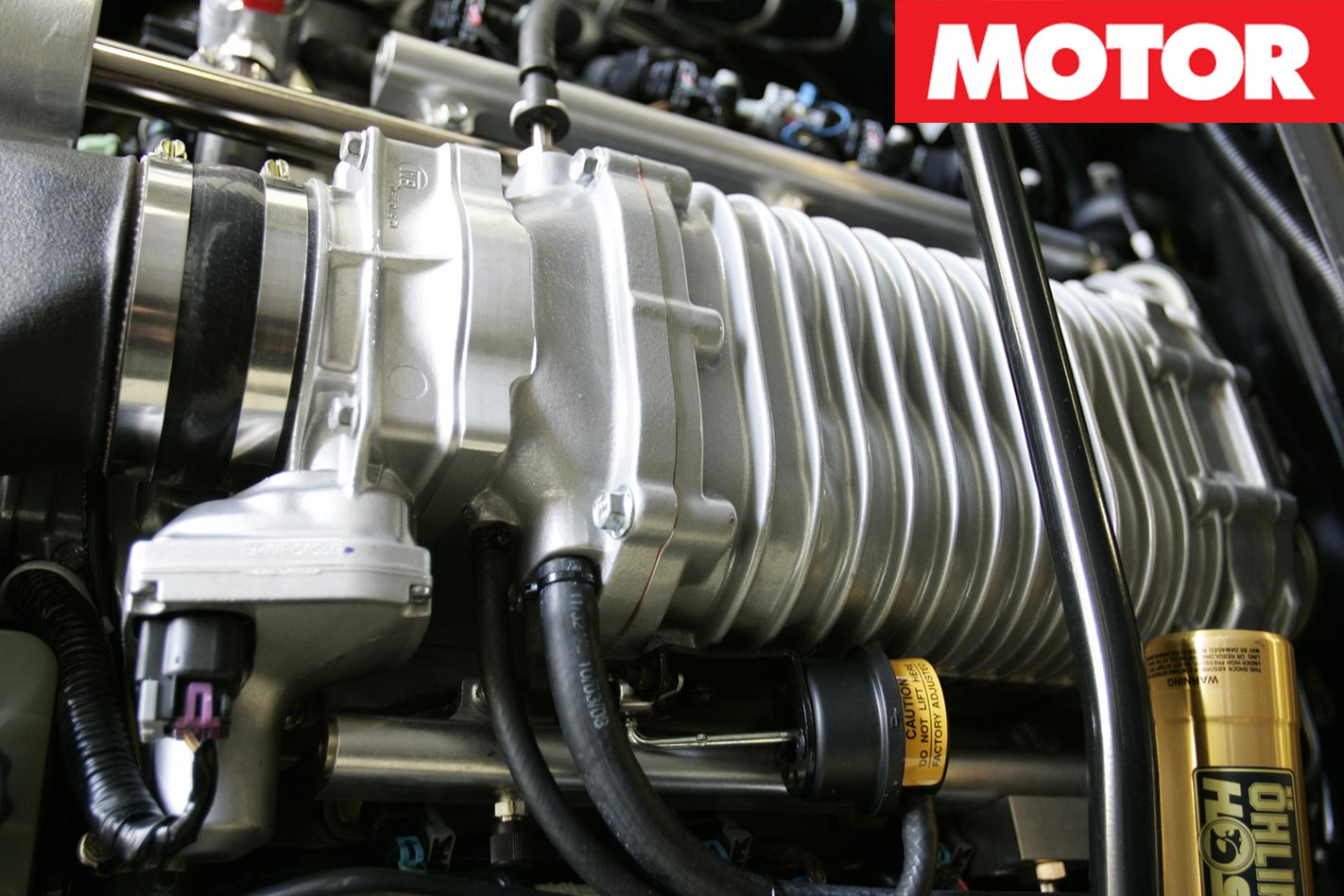
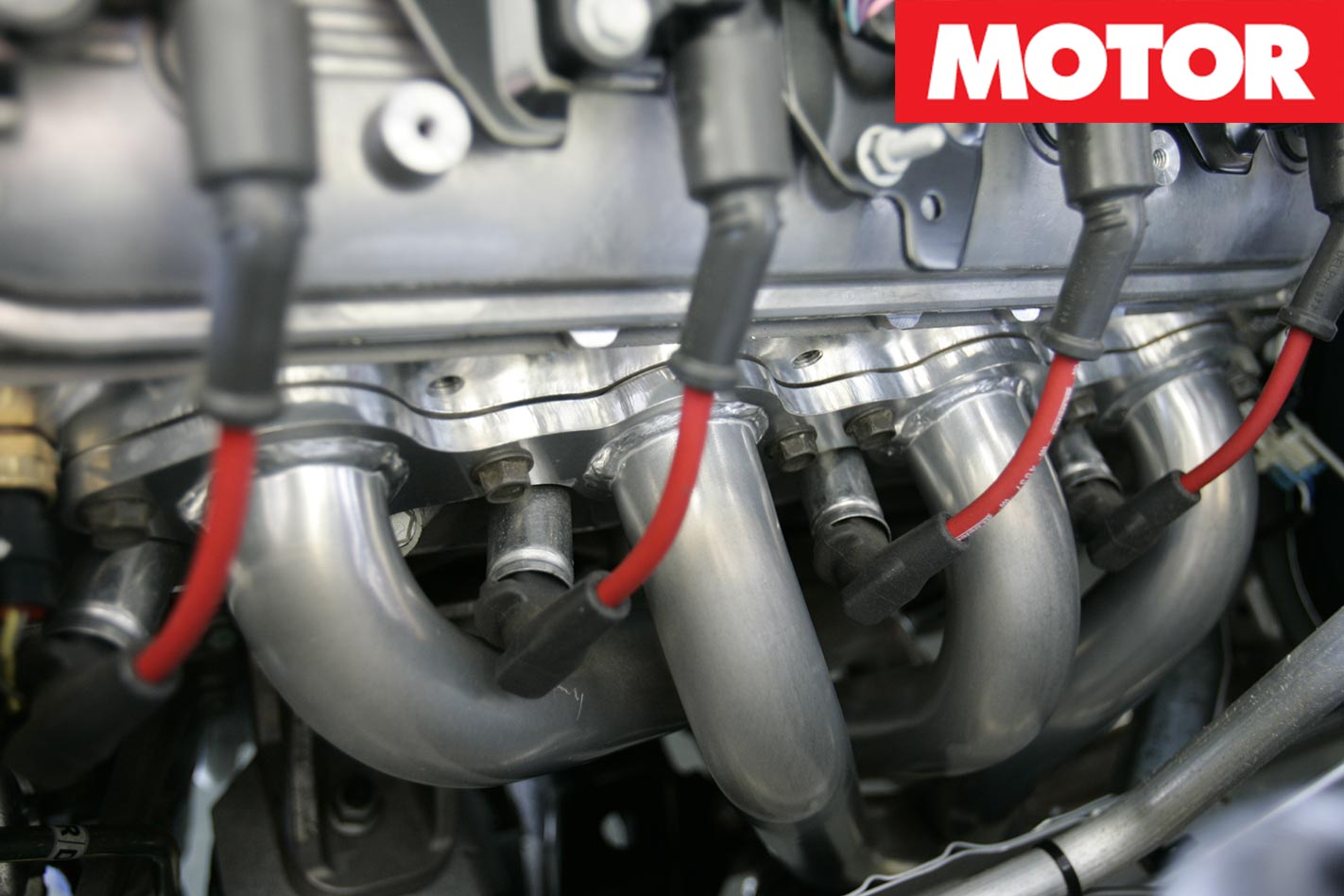
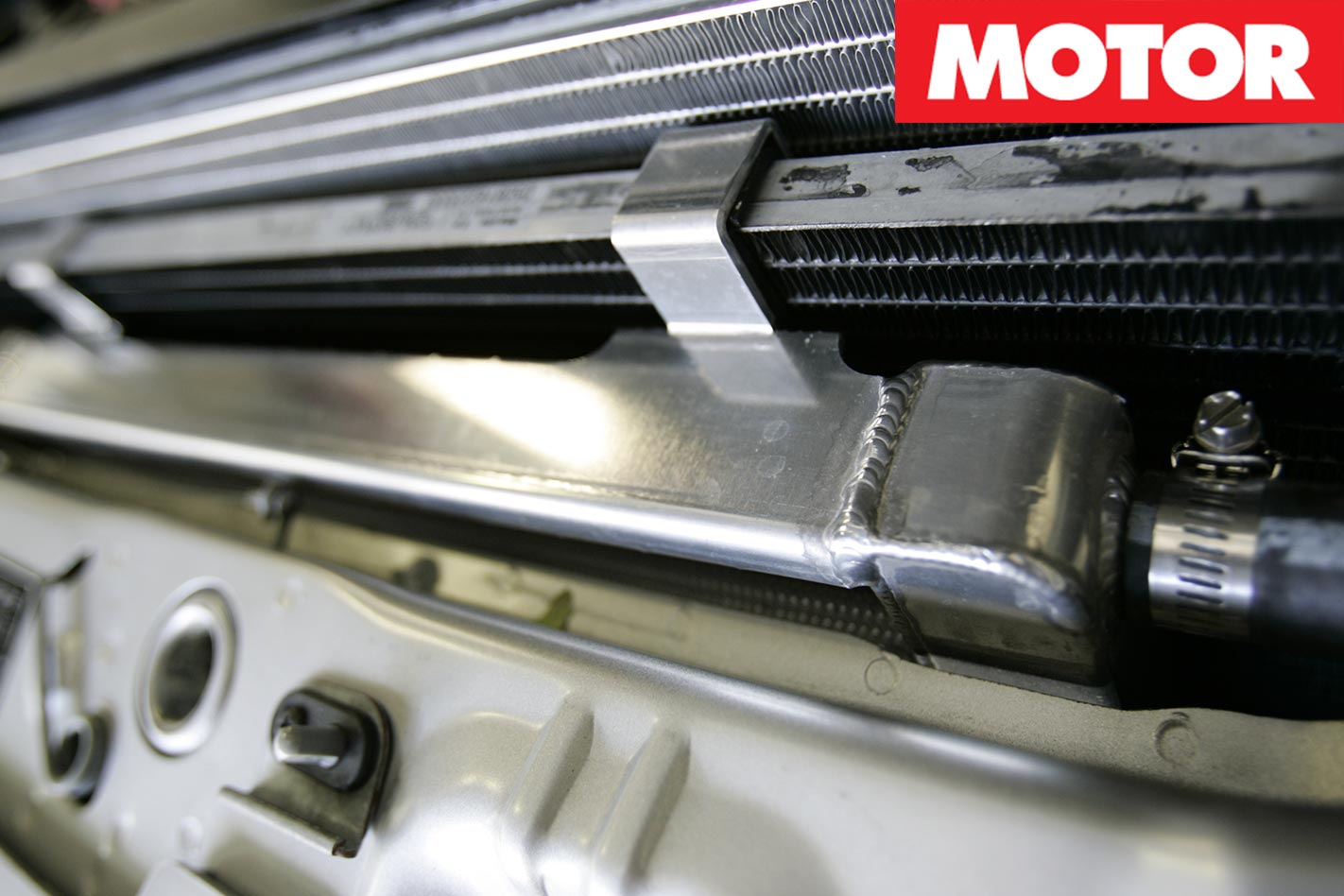
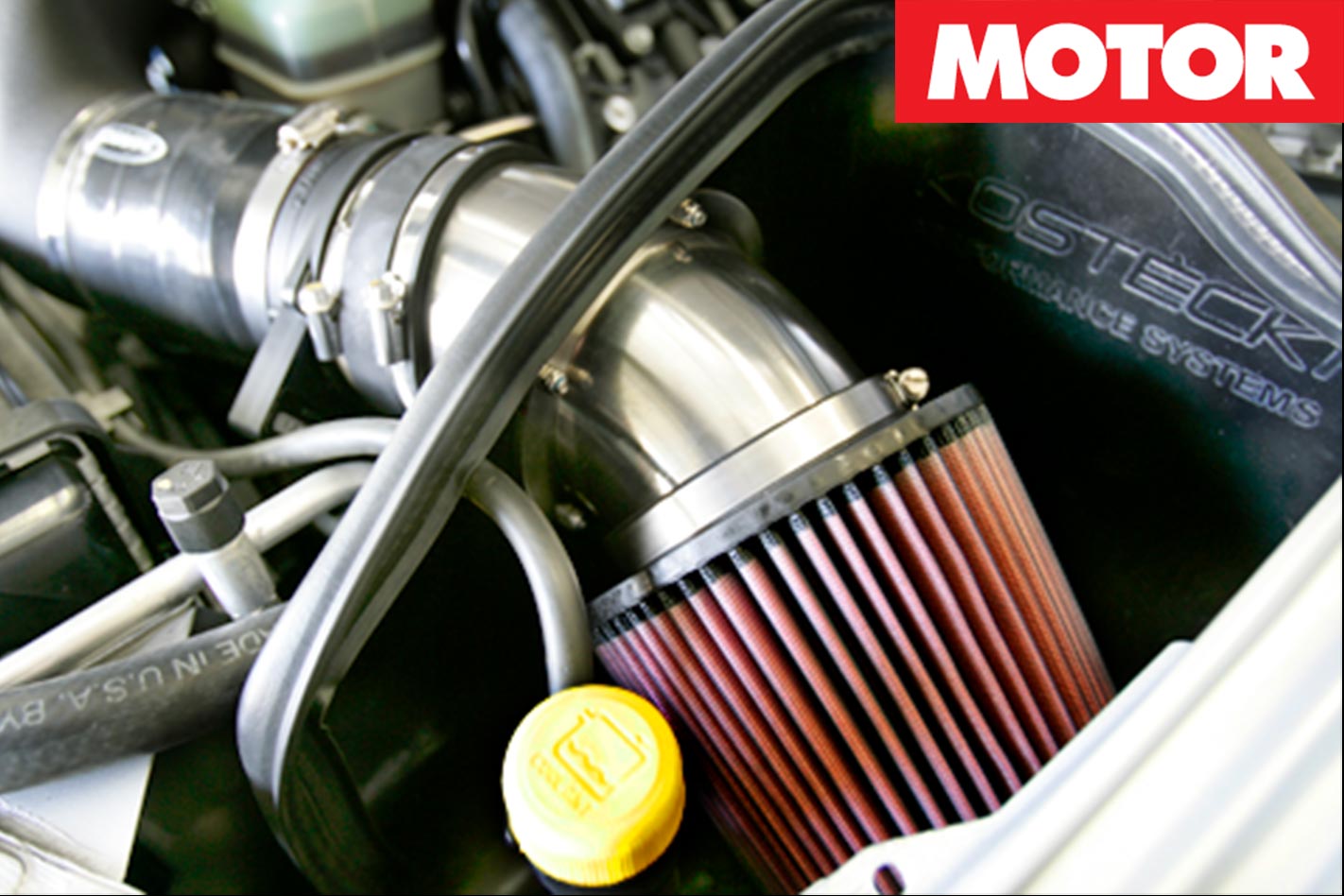
House of Power
